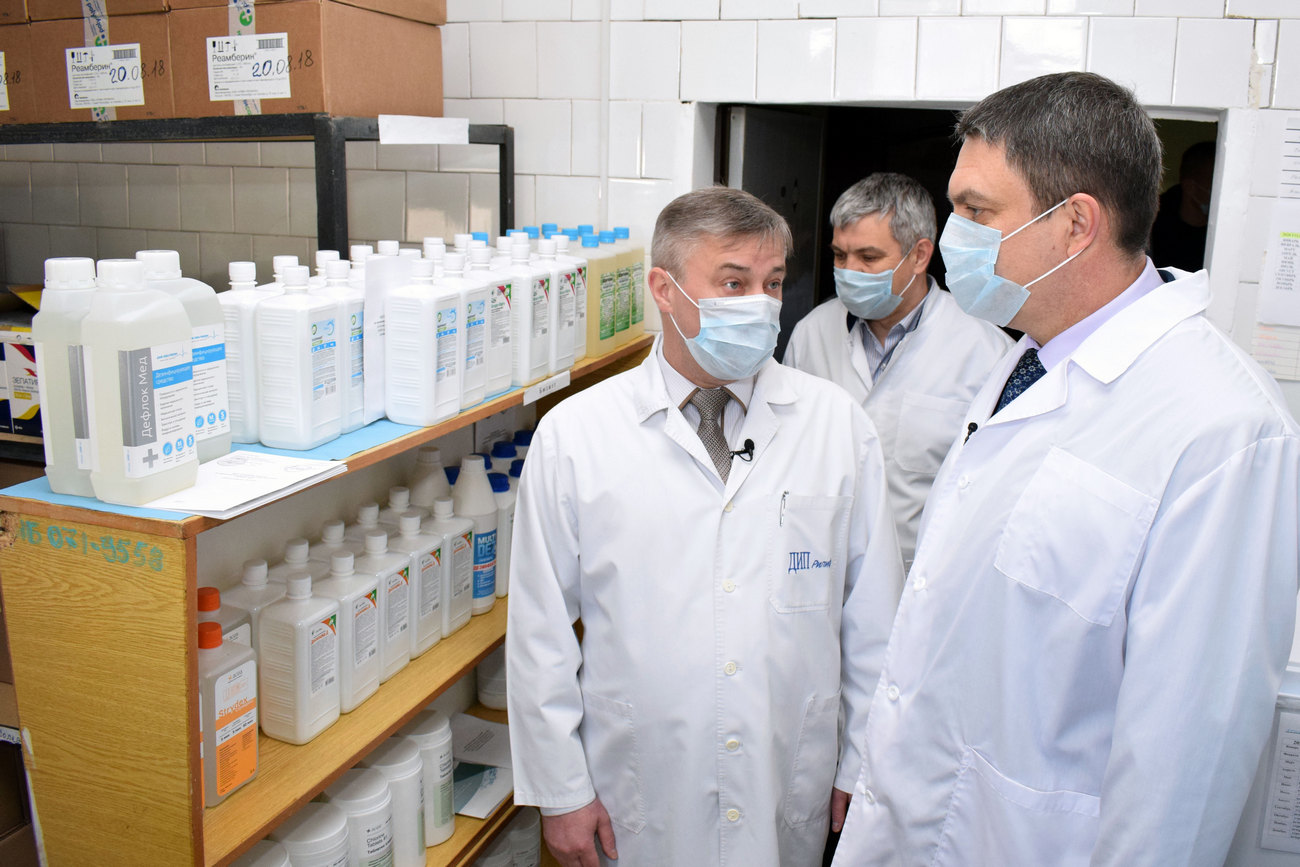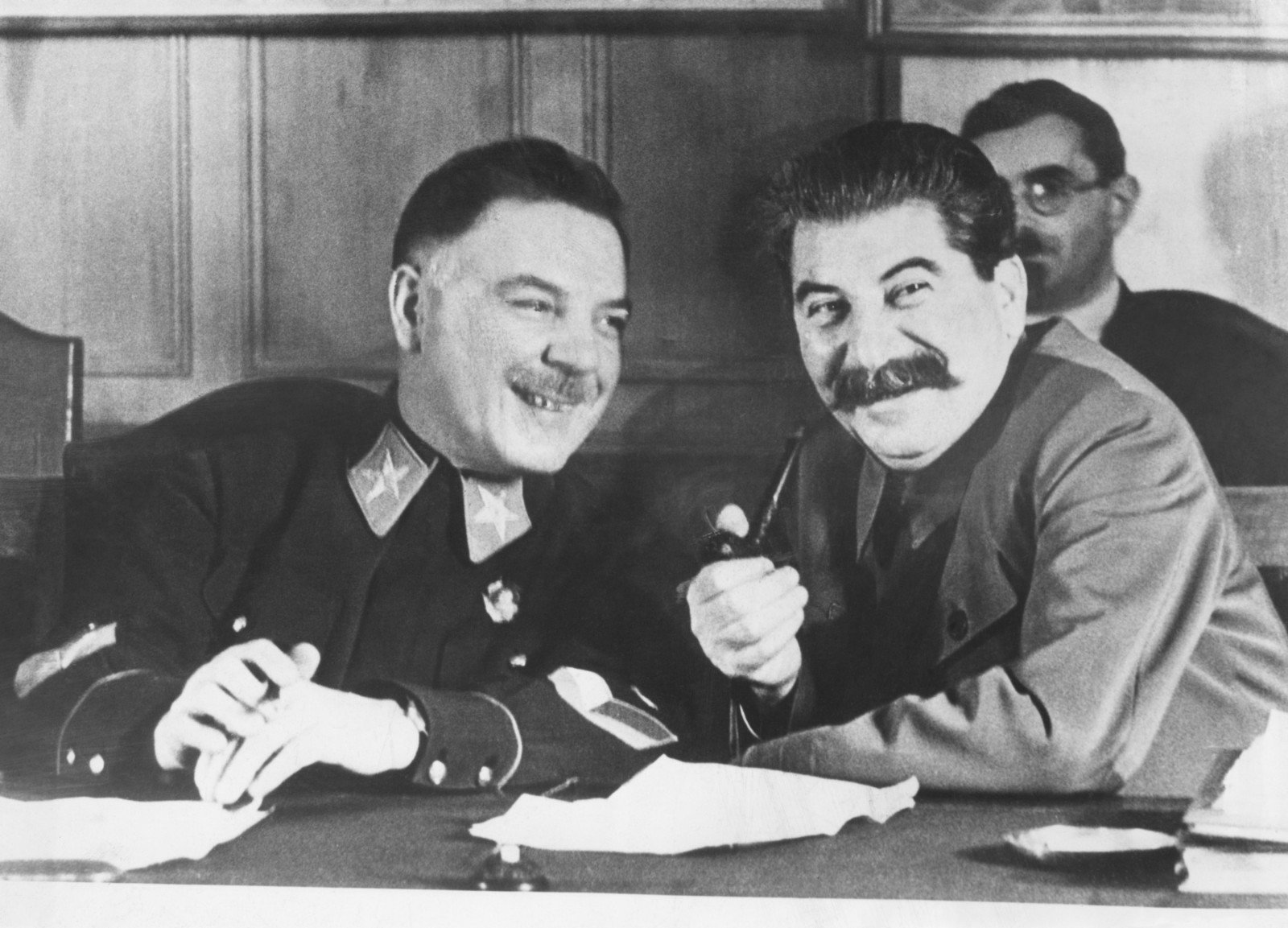The amount of daily registered cases of COVID-19 passed their peak and this figure wasn't growing up in Ukraine in the last weeks, while the number of daily recoveries rose, which made the healthcare ministry believe that the first wave of the novel coronavirus pandemic raging in Ukraine since mid-February is going to be over soon. The Cabinet restored public transit services in most regions last week and re-opened the checkpoints on the borders with EU countries and Moldova starting from 22 May. Moldova lifted the quarantine travel ban from 26 May, opening its international borders.
Meanwhile, the coronavirus situation in Ukraine's Russian-occupied areas of Luhansk, Donetsk, and Crimea isn't that bright since the insufficient testing doesn’t allow us to get the full picture. At the same time, Transnistria, the Russian-controlled swathe of the Moldovan land stretched along most of the border between Ukraine and Moldova, is hit hard by the COVID-19.
Donbas

Ukrainian checkpoints at the contact line of the smoldering war in its easternmost Donbas region are going to remain closed until 22 June amid the quarantine restrictions, however, in the course of further easing the lockdown, they will finally open their doors to the flood of the seniors living in the occupied territories who will rush to receive their pensions in free Ukraine.
Meanwhile, the occupation authorities of Luhansk reported
384 registered cases (345 a week earlier on 20 May). Their reports never mentioned the number of coronavirus deaths, prior to 22 May when one new lethal case and a total of six COVID-19 deaths emerged in the statistics with 184 those recovered. The occupation authorities show stable daily growth at numbers under ten. However, there is no mass testing in the occupied region - only about 5,000 COVID-19 tests were conducted as of the last week with claimed 100 tests per day, which makes the official figures doubtful and allows the asymptomatic patients to spread the infection among the population freely. And the quality of healthcare has significantly degraded since the beginning of the occupation back in 2014 as many medical professionals fled the war-torn region for free Ukraine or Russia, medical equipment breaks in time without any opportunity to repair or replace it, and the Ukrainian pharmaceuticals have not available anymore.
On 19 May, the chief doctor of Luhansk’s 4th multifield hospital, Oleksiy Navrotskyi, reportedly died of COVID-19. Earlier, the occupation authorities assigned his medical facility was assigned to be the main regional hospital for coronavirus patients. His family members and Navrotskyi himself were tested positive on 1 May and they all were asymptomatic, however, in a matter of days he got to the intensive care unit where he was subsequently put on a ventilator yet died two weeks after his hospitalization. Since this high-profile death was hard to go unmentioned, the propaganda outlet Lug-Info reported the death of the doctor, although it once again avoided giving any details on other COVID-19 deaths for several subsequent days.
Meanwhile, the Luhansk occupation authorities lifted some lockdown restrictions occupied Luhansk, restoring public transit and opening markets, kindergartens.
The situation in Donetsk mirrors that of Luhansk and the basic issues are the same, i.e. the lack of testing and the degraded healthcare system. The occupation authorities of Donetsk reported
270 coronavirus cases as of 20 May, or about 30% fewer, with the population of the occupied areas as twice as higher than that in Luhansk. The 26 May report mentioned a total of 409 cases with 293 patients being treated, 103 recovered, and 13 died.
The Donetsk reports showed the growth of about 20 new coronavirus cases a day prior to 20 May. On three days of the previous week, more than 35 cases were reported.
Crimea

Ukraine's Crimean peninsula has been occupied by Russia since March 2014 and the Russian Federation considers Crimea a part of its territory despite the fact that neither Ukraine nor the international community has ever recognized the annexation of Crimea.
The Russian online news media Meduza revealed in its investigation that the low coronavirus death rate claimed by Russian authorities is a result of manipulations and deliberate distortions of the data meant to hide the real extent of the pandemic. Another Meduza's piece reports on a statistical anomaly in the Russian official COVID-19 statistics.
The occupation authorities of Crimea and Sevastopol - a Crimean city considered a territorial unit separate from the rest of occupied Crimea - might be following the Kremlin guidelines and we can't tell for sure how the published figures are close to the reality.
As of 26 May, the Russian occupation authorities of Crimea claimed that they have registered 349 COVID-19 cases in total with only three deaths and 164 recoveries. The Sevastopol occupation authorities stated that there were 158 cased registered from the beginning of the pandemic with 119 recoveries and three deaths.
The reported daily dynamics vary from day to day, ranging from 1 to about 20 new cases with 1-15
new daily cases registered in Crimea in the last week and 1-5 in Sevastopol. Despite the lack of clear trends in the Russian data for the entire Russian-occupied peninsula, local de-facto authorities are lifting some quarantine restrictions.
As in the Donbas, the Ukrainian checkpoints at the administrative border of the Russian-occupied Crimea are going to be closed until 22 June.
 The COVID-19 statistics by Russian occupation administrations controlling occupied areas of Ukraine and Moldova's Transnistria as of 26-27 May 2020. The low number of confirmed cases in million-plus Luhansk area, some two-million Crimea, and two-million-plus Donetsk occupation zone show either the lack of testing or an early stage of the pandemic, while the Transnistrian tally looks more realistic with its population of only 470,000 people. On the other hand, the death rate lower than 3% may indicate inadequate data. For comparison, the coronavirus death rate in Ukraine (the ratio of deaths among confirmed cases) is 3%, Moldova's is 3.6%, Poland - 4.6%, Romania - 6.5%.
The COVID-19 statistics by Russian occupation administrations controlling occupied areas of Ukraine and Moldova's Transnistria as of 26-27 May 2020. The low number of confirmed cases in million-plus Luhansk area, some two-million Crimea, and two-million-plus Donetsk occupation zone show either the lack of testing or an early stage of the pandemic, while the Transnistrian tally looks more realistic with its population of only 470,000 people. On the other hand, the death rate lower than 3% may indicate inadequate data. For comparison, the coronavirus death rate in Ukraine (the ratio of deaths among confirmed cases) is 3%, Moldova's is 3.6%, Poland - 4.6%, Romania - 6.5%.
Transnistria

The authorities of Moldova’s Russian-run enclave of Transnistria reported on 929 coronavirus cases as of 27 May, with 507 recoveries and 36 deaths. Lately, around 10 new cases are registered every day. Meanwhile, the lockdown measures have been eased here as well.
The travel ban across the Donbas frontline and the Crimean administrative border will be effective for at least about a month. However, the real extent of the coronavirus spread in Luhansk, Donetsk, and Crimea remains unknown, and opening the checkpoints in late June with the subsequent mass "pilgrimage" of seniors for Ukrainian pensions may become the catalyst for the second wave of the coronavirus pandemic in the rest of Ukraine in the summer.
Read also:
- Interactive COVID-19: Ukraine and world
- Ukraine listed among countries worst at coping with COVID-19
- 130,000 Ukrainians come to church for Easter as Moscow patriarchate ignores COVID-19 quarantine
- Ukraine extends quarantine, introduces emergency situation regime
- Curve of Russian propaganda on coronavirus goes up
- No coronavirus testing in Russia-occupied territories of Ukraine
- Breaking: Ukraine sees first coronavirus death, closes entry for foreigners
- The pro-Russian network behind coronavirus riots in a small Ukrainian town





